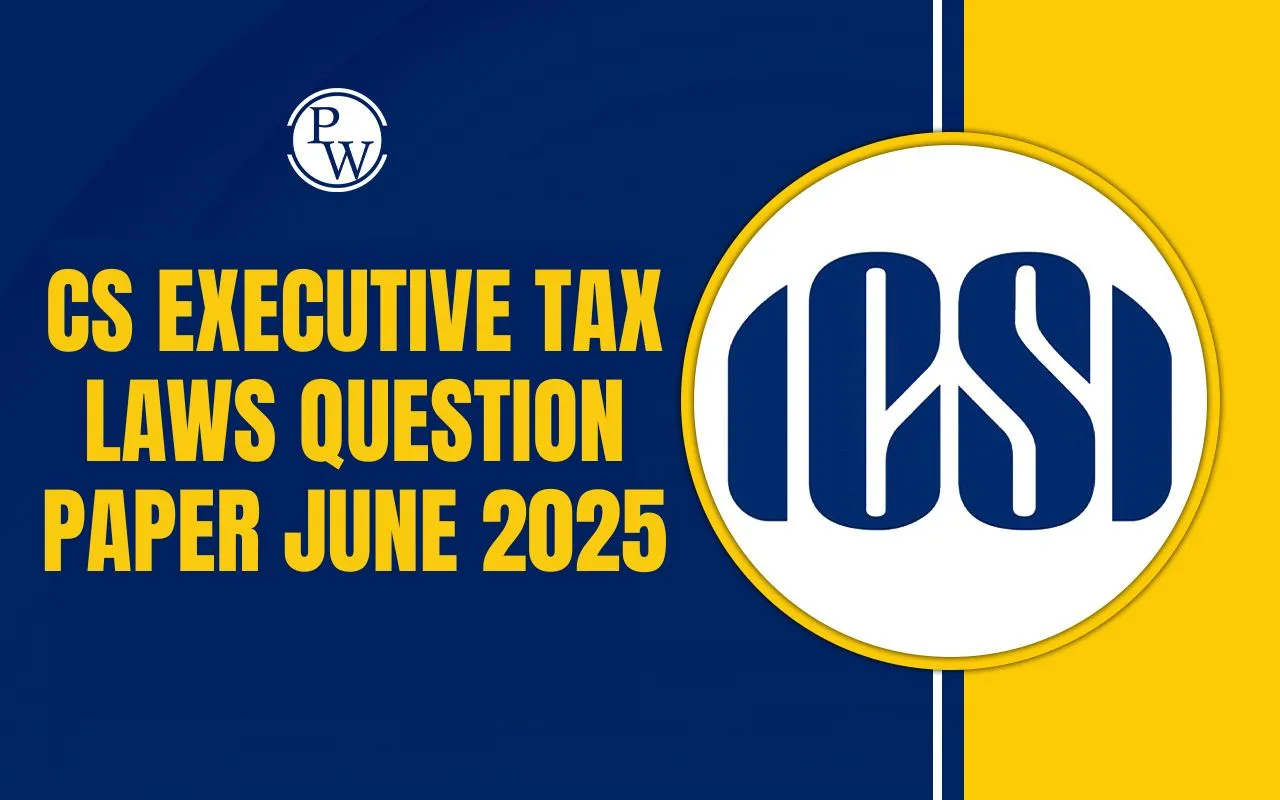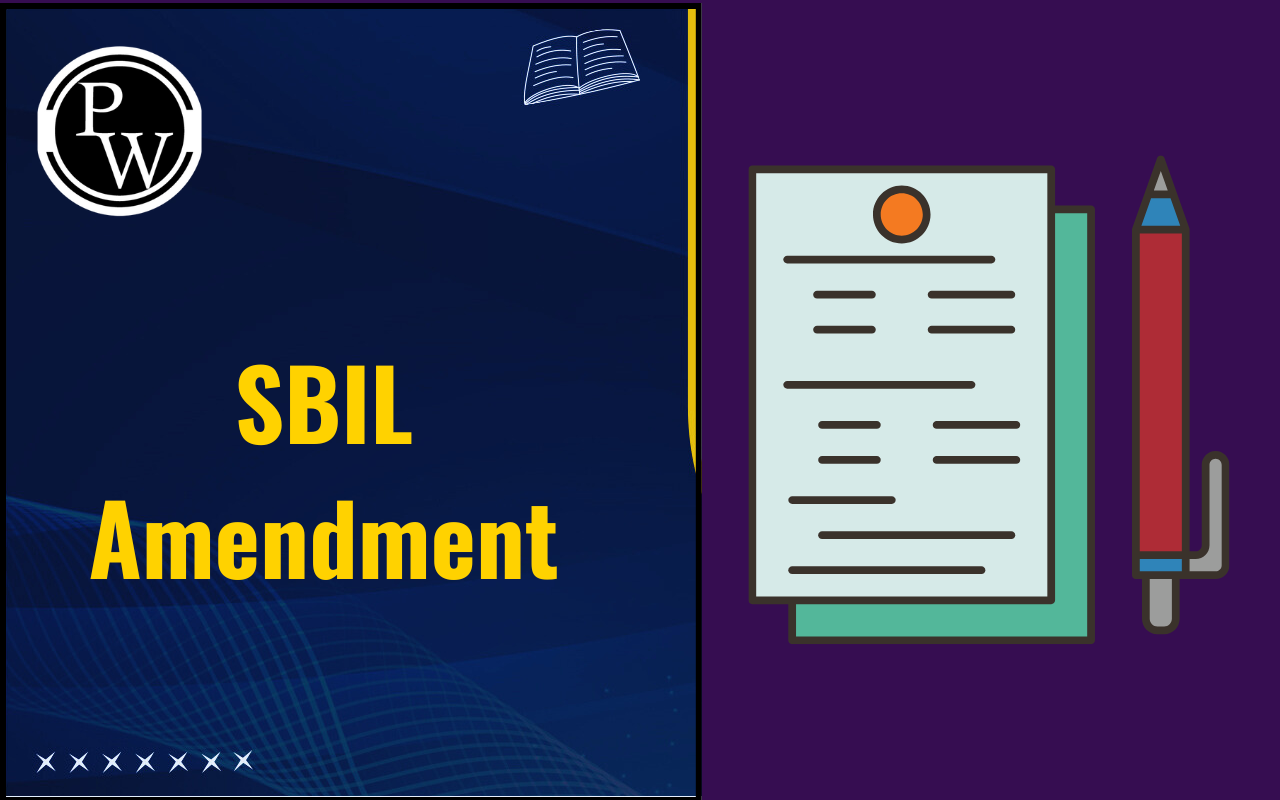
The Capital Market is an important part of the financial system. It is where companies and governments raise long-term funds. Through which individuals invest their savings to earn returns. For students preparing for CS Executive CSEET, understanding the Capital Market is very important. Because it builds the base for advanced topics in securities law, company law, and financial regulations.
Below, we’ve explained the Capital Market CS Executive in the simplest terms by using real-life examples. In addition, we have explored its structure, working, important laws like the SEBI Act 1992, and the concepts of the primary market. Further, we have also covered information related to stock exchange basics in complete detail.
What is the Capital Market?
The Capital Market CS Executive is like a meeting place for companies and investors. Companies come here when they need money for big projects, expansion, or new product launches. Investors come here to buy financial products, such as shares and bonds, hoping to earn profits. There are two main ways a company can raise money in the Capital Market:
Borrowing money: Debt is also called borrowing Money. The company promises to repay with interest.
Selling ownership (shares): Equity is also called Selling Ownership or shares. Investors become part-owners of the company and share its profits.
For example, if a company sells 1,000 shares and you buy 10 shares, you own a small part of the company. If the company earns more in the future, the value of your shares can go up.
Importance of the Capital Market in CS Executive CSEET
The Capital Market CS Executive Syllabus is important because it covers several important aspects. It teaches company secretaries aspirants how companies raise funds, how trading happens, and how the market is regulated. A company secretary must know these concepts to ensure the business follows all rules and protects investor interests.
The Capital Market also supports the economy by:
Facilitating the flow of funds: Capital markets act as a bridge between savers and businesses. It allows individuals or institutions with surplus funds to provide capital to companies that require financial resources for expansion, operations, or new projects.
Opportunities for wealth creation: By investing in shares, debentures, bonds, or other market instruments, both individuals and businesses can generate returns over time. This not only helps in growing personal or corporate wealth. Rather, also encourages a culture of savings and investment.
Promoting productive investments: Capital markets guide funds towards productive assets, such as business ventures or government securities. They avoid keeping money idle and chose to invest. This allocation supports economic development by increasing production. Hence, creating jobs, and enhancing overall financial stability.
Structure of the Capital Market
The Capital Market has two main divisions. Below, we’ve mentioned the two capital market divisions:
1. Primary Market
The primary market is where companies sell new shares or bonds to investors for the first time. This process is called an Initial Public Offering (IPO). In the primary market, money flows directly from investors to the company.
2. Secondary Market
The secondary market is where investors buy and sell shares among themselves. Here, the company is not directly involved. Shares that were first issued in the primary market are later traded in the secondary market.
| Difference Between Primary Market vs Secondary Market | ||
| Basis of Difference | Primary Market | Secondary Market |
| Meaning | The market where new securities are issued and sold to investors for the first time. | The market where already issued securities are bought and sold among investors. |
| Purpose | To raise fresh capital for the company. | To provide liquidity and a platform for investors to trade. |
| Participants | Company and investors. | Investors trade with each other. |
| Flow of Funds | Money goes directly to the company issuing the securities. | Money goes to the selling investor, not the company. |
| Process | Done through methods like Initial Public Offering (IPO), Rights Issue, or Private Placement. | Done through stock exchanges such as NSE and BSE. |
| Regulation | Regulated by SEBI with strict disclosure requirements for companies. | Also regulated by SEBI to ensure fair trading practices. |
| Risk Level | Higher for investors because the company’s market performance has not yet been tested. | Comparatively lower, as the company’s market performance is already visible. |
| Example | A company launches an IPO to sell 1 crore new shares to the public. | An investor sells 100 shares of that company to another investor through the NSE. |
Stock Exchange Basics
A stock exchange is an organised platform where shares, bonds, and other securities are traded. In India, the two major stock exchanges are:
National Stock Exchange (NSE): Known for its electronic trading and index called Nifty 50.
Bombay Stock Exchange (BSE): The oldest stock exchange in Asia, known for its index called the Sensex.
The stock exchange basics include the role of demand and supply in deciding share prices, fixed trading hours, and the use of online platforms for quick and transparent transactions.
Role of SEBI and the SEBI Act 1992
The Securities and Exchange Board of India (SEBI) is the main regulator of the Capital Market. It ensures that all trading is fair, transparent, and free from fraud. For CS Executive CSEET, knowing the key provisions of the SEBI Act 1992 is important because company secretaries help companies comply with these rules. The SEBI Act 1992 gives SEBI the authority to:
- Regulate stock exchanges.
- Protect investor interests.
- Ensure companies follow disclosure rules.
- Take action against insider trading and market manipulation.
Financial Instruments in the Capital Market
Understanding these instruments is necessary for the Capital Market CS Executive exam because they form the base of corporate finance. In the Capital Market, various instruments are available for investment:
Shares: Ownership in a company.
Debentures: Loans given to a company with a fixed interest rate.
Bonds: Similar to debentures but often issued by governments.
Mutual Funds: A pool of money invested in different securities.
Economic Indicators Affecting the Capital Market
The health of the Capital Market CS Executive depends on the overall economy. Below, we’ve mentioned the key indicators include:
GDP: It measures the total income of the country.
Inflation: A Rise in prices, which affects purchasing power.
Interest Rates: Higher rates will make borrowing more costly.
Balance of Trade: The difference between exports and imports.
Risk Management in the Capital Market
Every investment in the Capital Market has some risk. Prices can go up or down depending on company performance and economic conditions. To manage these risks, investors use diversification, spreading investments across different companies and sectors. In Capital Market CS Executive, students learn how diversification protects investors from large losses.
How does the Capital Market Work on a Regular Basis?
The Capital Market works on the principle of demand and supply. If more people want to buy a share, its price goes up. If more people want to sell, the price goes down.
Trading happens during fixed hours on stock exchanges. Most transactions today happen online, making them faster and cheaper.
The Capital Market CS Executive plays a key role in connecting businesses with investors, supporting economic growth, and providing opportunities for wealth creation. For CS Executive CSEET students, a strong understanding of the Capital Market, stock exchange basics, the SEBI Act 1992, and the primary market is essential.
A company secretary is expected to ensure that a business follows all rules and operates fairly in the Capital Market CS Executive. Learning these concepts at the CS Executive stage will help in advanced studies and professional work.
| Related Links | |
| CS Executive | CS Executive Syllabus |
| CS Executive Registration | CS Executive Admit Card |
Capital Market CS Executive FAQ
What is the main purpose of the capital market?
How is the capital market different from the money market?
What are the main instruments traded in the capital market?










